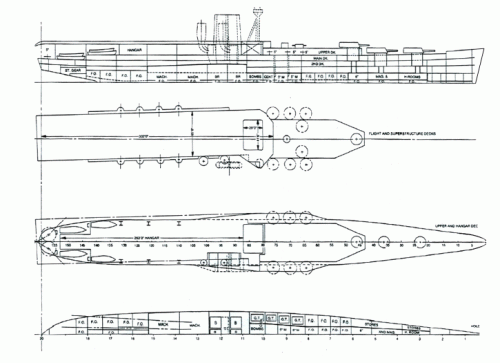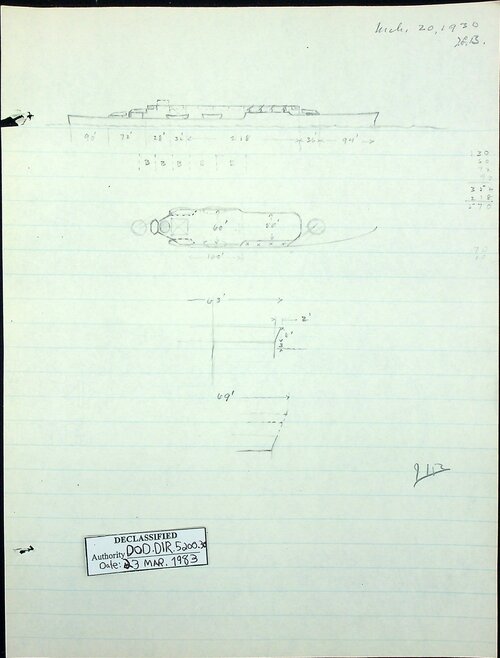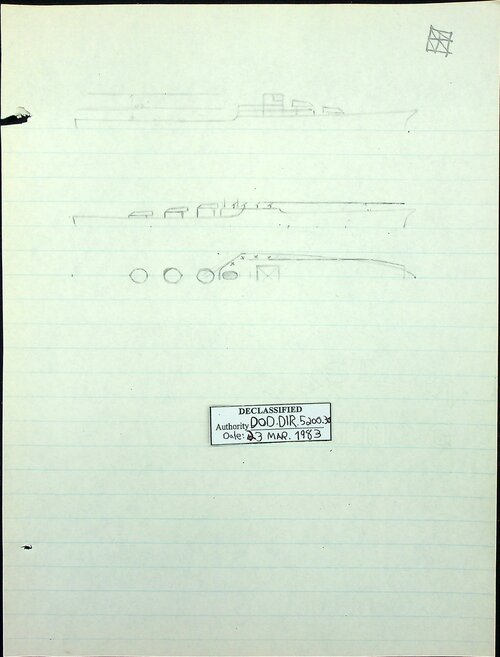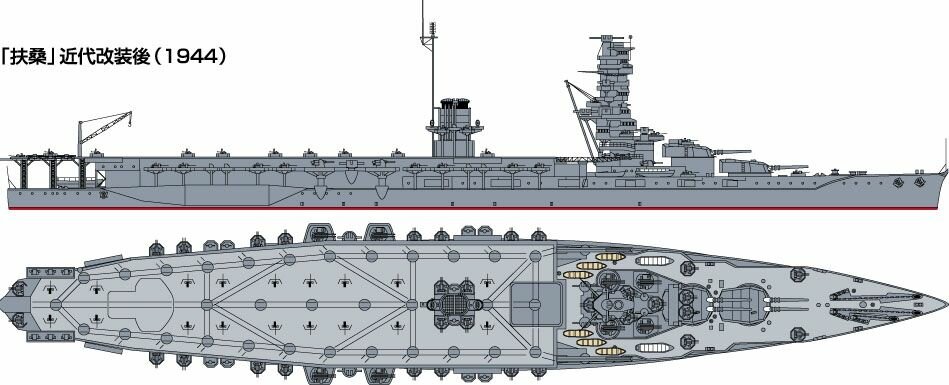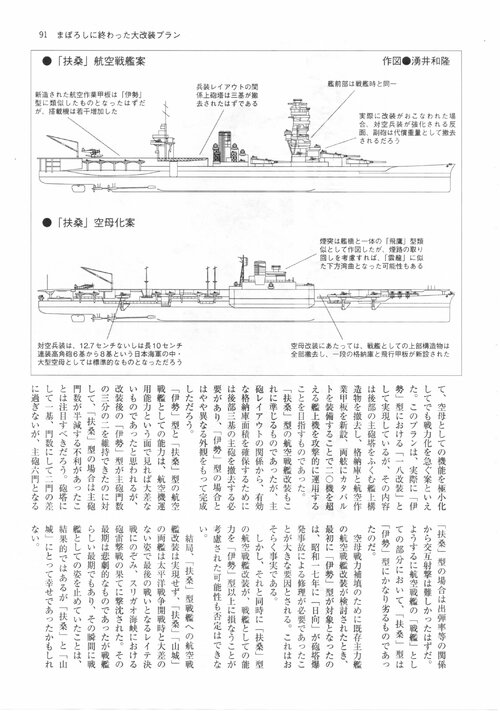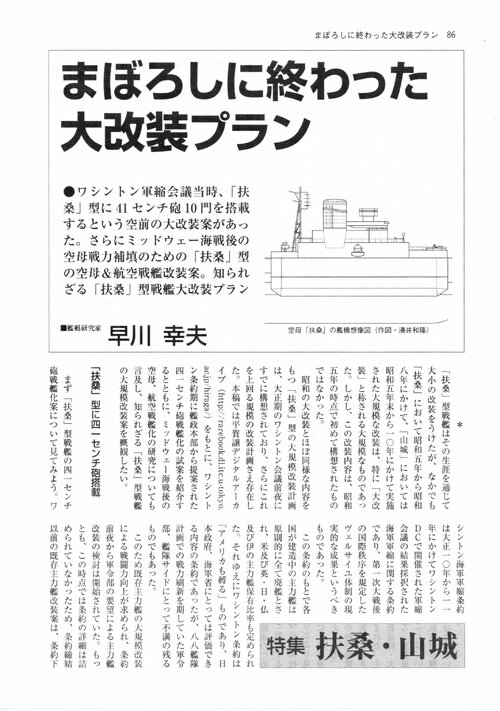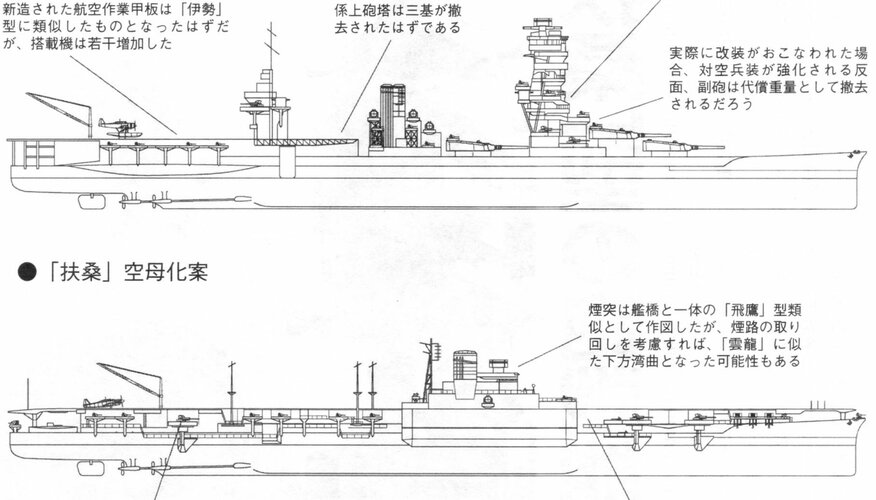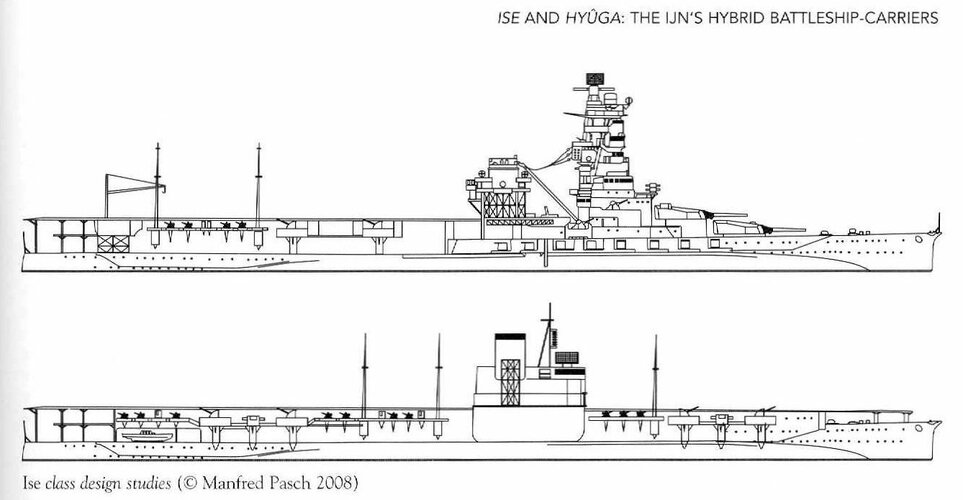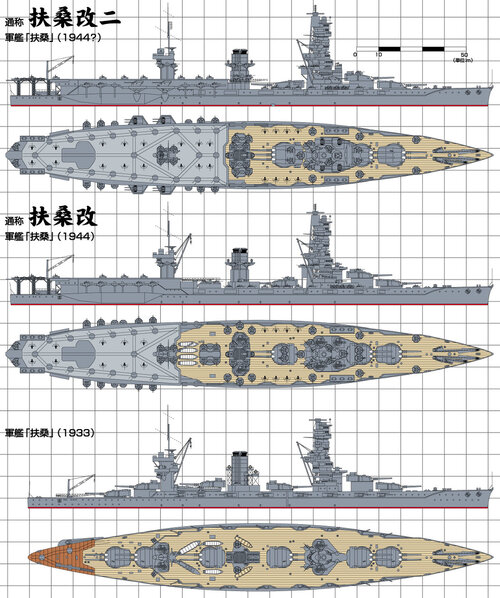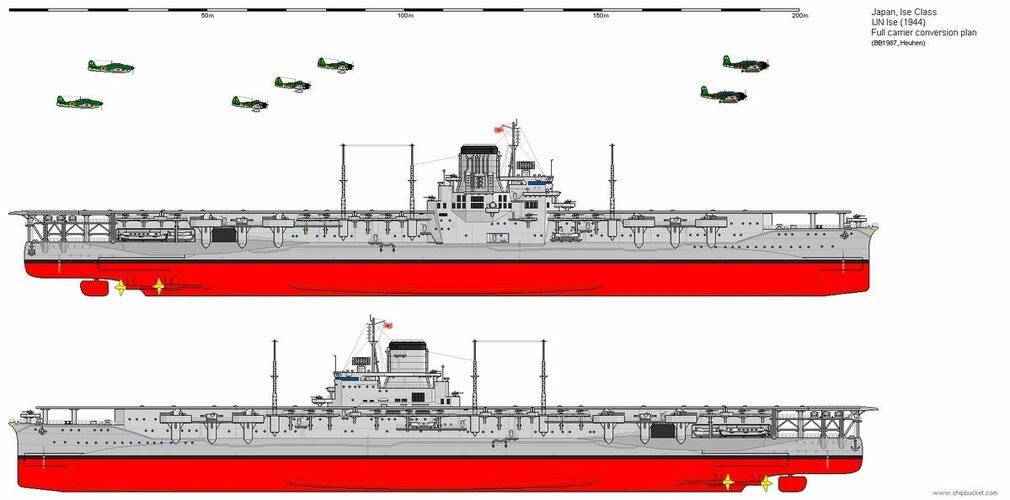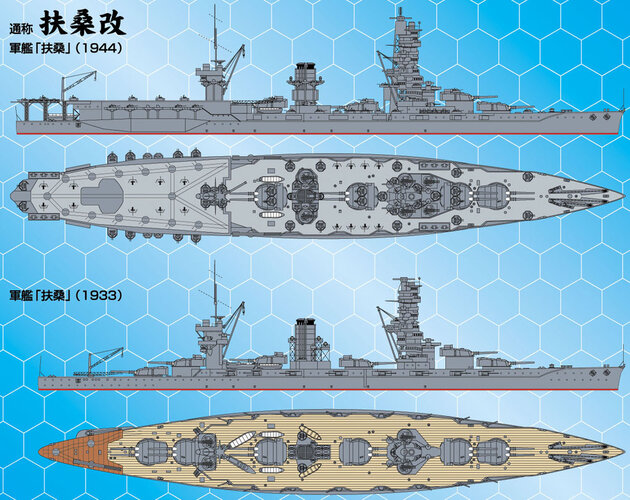Artist impression and line drawing of proposed Flying-Deck Cruiser (CF) by the United States Navy Bureau of Construction and Repair from 1930.
General Characteristics
Displacement (tons): 10,000 tons
Length (feet): 630
Beam (feet): 65
Draft (feet): 20
Flight Deck Type: Flush with island
Flight Deck Length: 340 feet
Maximum Speed (knots): 32.5 kts
Aviation Facilities: Open bay Hangar Deck To reduce fire hazards
* Flight deck - Both flying on and off
* One elevator forward
* One set of arresting gear Aft of the Elevator
Shaft Horse Power: 80,000
Radius of Action: 10,000 NM at 15 kts NM = nautical mile
Armament/Battery Primary: 3 triple 6-inch gun turrets
Secondary armament for anti-air: 6 5-inch guns
* .50 cal machine guns - Machine guns were to beportable assemblies.
Armor:
* “All or none configuration.”
* “8-inch” protection around magazines. “8-inch” refers to protection against 8-inch shell fire at long ranges.
* “6-inch” protection around machinery, turrets, and barbettes. 6-inch refers to protection against fire at intermediate to shorter ranges from other light cruisers.
Aircraft:
18 - hangar stowage
34 - hangar and flight deck stowage
Fighter (VF) and Scout (VO) equal numbers of each.
Source: "CF Flying Deck Cruiser"
http://www.globalsecurity.org/military/systems/ship/cf-specs.htm
General Characteristics
Displacement (tons): 10,000 tons
Length (feet): 630
Beam (feet): 65
Draft (feet): 20
Flight Deck Type: Flush with island
Flight Deck Length: 340 feet
Maximum Speed (knots): 32.5 kts
Aviation Facilities: Open bay Hangar Deck To reduce fire hazards
* Flight deck - Both flying on and off
* One elevator forward
* One set of arresting gear Aft of the Elevator
Shaft Horse Power: 80,000
Radius of Action: 10,000 NM at 15 kts NM = nautical mile
Armament/Battery Primary: 3 triple 6-inch gun turrets
Secondary armament for anti-air: 6 5-inch guns
* .50 cal machine guns - Machine guns were to beportable assemblies.
Armor:
* “All or none configuration.”
* “8-inch” protection around magazines. “8-inch” refers to protection against 8-inch shell fire at long ranges.
* “6-inch” protection around machinery, turrets, and barbettes. 6-inch refers to protection against fire at intermediate to shorter ranges from other light cruisers.
Aircraft:
18 - hangar stowage
34 - hangar and flight deck stowage
Fighter (VF) and Scout (VO) equal numbers of each.
Source: "CF Flying Deck Cruiser"
http://www.globalsecurity.org/military/systems/ship/cf-specs.htm


